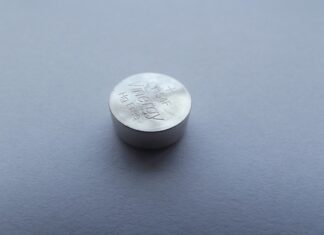POLICE across the state will make sure they get your number if they see you driving and using a mobile phone. Operation Distraction is now underway, with police targeting drivers using handheld mobile phones in an ongoing bid to reduce crashes caused by distracted drivers.
“Research shows that using a mobile phone while driving increases the risk of crashing by at least four times,” says Superintendent Anthony Fioravanti, officer in charge of SAPOL’s Traffic Support Branch.
“The most common types of crashes associated with drivers using mobile phones are ‘run-off-the-road’ and ‘rear end’ crashes, because drivers are distracted by their phone and have much less general awareness of other road users.
“Their reaction times and judgement of how other traffic is moving is also impaired.”
Between 1 July 2016 and 30 June 2017 police issued 12,003 drivers with expiation notices for using their mobile phones. These drivers will lose three demerit points and a total $387, including a $60 Victims of Crime Levy.
While police will be targeting high traffic volume roads throughout the state, texting drivers may not always realise police are all around until they get pulled over by a patrol further down the street.
“You never know who’s in the vehicle next to you – so texting furtively at traffic lights is never a good idea,” warns Superintendent Fioravanti.
Operation Distraction was last conducted in July and resulted in 595 detections. It started again today and will end just before midnight on Sunday, 3 September.
The law and mobile phone use:
Australian Road Rule 300 specifically prohibits the use of hand-held mobile phones by drivers while a vehicle is moving, or while stationary, but not parked (except emergency or police vehicles).
Using a mobile phone includes when driver is:
a) Holding the phone in their hand, whether or not engaged in a phone call, except while in the process of giving the body of the phone to a passenger in the vehicle;
b) Entering or placing, other than by using voice commands, anything into the phone, or sending or looking at anything that is in the phone;
c) Turning the phone on or off;
d) Operating any other function of the phone.
The above does not refer to phones in cradles – you can touch them to make or receive a voice call (only). If the phone is in a cradle and being used as a GPS you cannot touch the phone to check or change the route, as you can only touch it to make or receive a voice call.
More information about the law can be found here:






